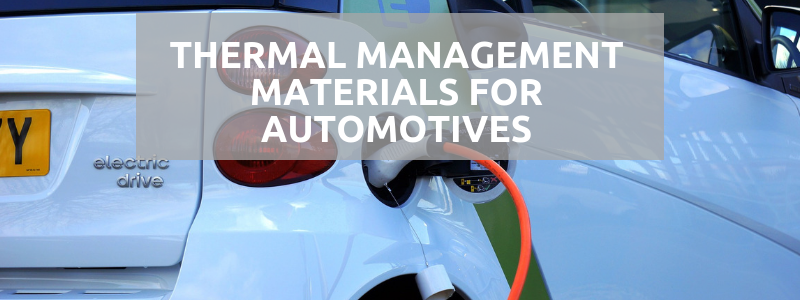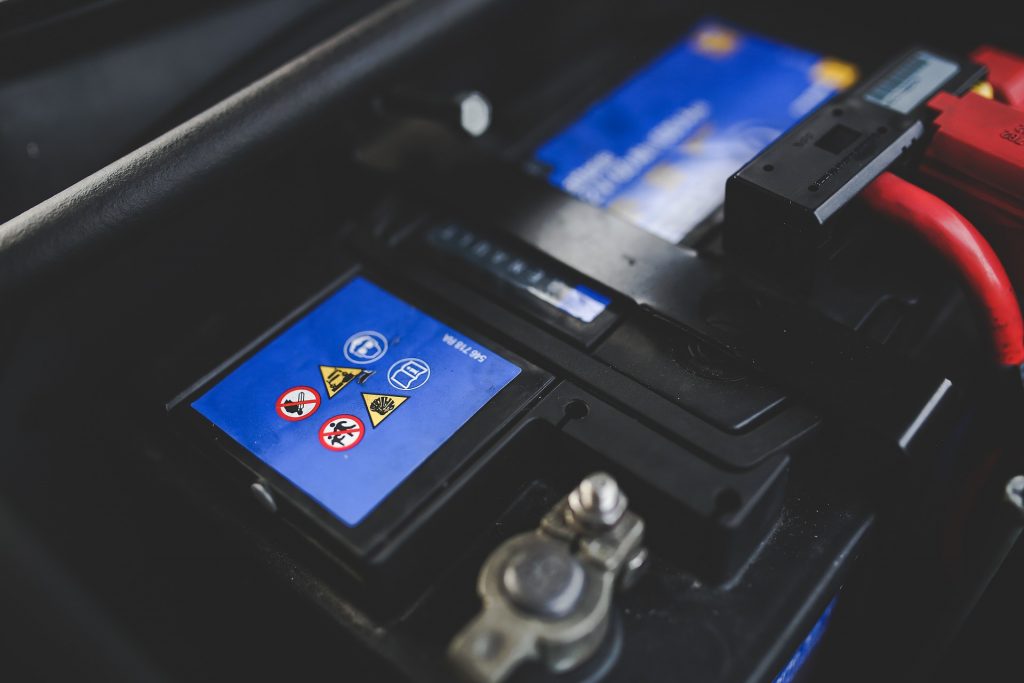
Thermal management materials are essential in automotives, and this applies to emerging and developing automotive technology as much as it does established applications.
Mica, as a naturally occurring mineral with superior thermal management properties, has various applications in thermal management for automotives. Mica-based products include the following thermal management solutions:
- thermal runaway and flame-retardant barriers;
- insulation for batteries; and
- washers, gaskets, starters, alternators and other key automotive components.
However, with the rise of the electric vehicle, thermal management is also crucial in meeting the technical challenges of running vehicles on powerful lithium ion batteries.
Here, we look at why thermal management is essential for the automotive industry, and what materials support it.
The Ongoing Challenges of Thermal Management For Automotives
Just as automotive technology has not stood still, so the means of ensuring this technology works safely and efficiently must also evolve. The Institution of Mechanical Engineers is hosting the Vehicle Thermal Management Systems Conference and Exhibition at Twickenham on 5 and 6 June.

This event focuses on the various, diverse challenges involved in vehicle thermal management, especially arising from the drive towards electrification.
There will be a focus on energy management for low and zero emission vehicles, and how to best manage battery temperatures to ensure they provide the optimum range for powering electric vehicles.
Thermal management is about the processing of heat transfer, to regulate temperature. It is a problem-solving process, designed to bridge the gap between specification and performance.
For vehicles in general, performance requires a balance between output and environmental impact. It is not simply a case of ensuring vehicles can run more efficiently and economically.
Practical Thermal Management Materials For Automotives
Underpinning vehicle performance are certain key applications to do with thermal management. One of these is providing an effective thermal barrier to protect sensitive vehicle components.
Mica’s flexibility, durability and adaptability make it ideal for automotive applications. In rigid form, it can form critical vehicle components, while as a flexible laminate, it provides insulation against thermal shock, while being resistant to oil and chemicals.
Vehicles require heat shields to protect their wiring and components, and mica has the necessary qualities to ensure an optimum degree of protection.
Another use of mica as a thermal management material for automotive is in battery insulation.
The battery in any vehicle must be safe for normal operations, but also in the event of extreme conditions. Consequently, a vehicle battery must be both crash-safe and fire-resistant.
Mica has the essential dielectrical insulation qualities to protect batteries from thermal runaway, where chemical reactions generate excess heat leading to positive feedback cycles and system failures.
With electric vehicles, the battery takes on an even more central role, requiring superior thermal management materials.
The Consequences of Increasing Battery Capability
According to the Society of Motor Manufacturers and Traders (SMMT), demand for electric cars in the UK is growing, partly in reaction to rising fuel prices.
Another factor is improved performance. Electric vehicles (EVs) can now travel further on a single charge. But for EVs to continue to improve, they require optimised energy-storing capabilities.
In practical terms, this means having more powerful batteries. More powerful batteries, however, require more efficient thermal management.

The objective is to provide drivers of EVs with the equivalent power, at least, to what they would get from an internal combustion engine.
Traditional vehicles have more generous tolerances for operating temperatures, while for electric vehicles thermal management is a significantly more critical issue.
A lithium ion battery has a narrow window of optimum operating temperature, and it should neither fall below 0°C or go above 30°C. At 40°C it can suffer irreversible damage.
As a thermal management material for automotives, mica provides electric vehicles with assured battery insulation, and acts as a separator for lithium ion batteries.
Designing Thermal Management for the Future
Evolution is inbuilt in the automotive industry. As transport is integral to how people live today, and will continue to live in the future, so also is the requirement that this transport is environmentally friendly, energy efficient but also reliable and safe.
As a thermal management material, mica is naturally occurring and mineral-based. It combines excellent thermal management and high temperature insulation qualities while being environmentally safe.
Mica plays a key role in both active and passive thermal management systems.
In active systems, it supports high performance and stability in embedded electronic system designs, as the basis for key components.
Passively, mica offers seamless heat transfer as a thermal interface material.
Best Practice for Thermal Management For Automotives
Designing the best possible vehicles for the future should mean integrating thermal management into their design from the outset. In this, the choice of thermal management materials for automotives is absolutely critical.
Elmelin specialises in thermal management solutions across the automotive industry. In addition to providing top-level thermal management solutions, we also have an extensive prototyping capability. Make us part of your design, and let us help you produce vehicles fit for the future.
Please phone us now on +44 20 8520 2248, email sales@elmelin.com, or complete our online enquiry form. We’ll get back to you as soon as possible.
